Look at graphs in the figures below. Each is the graph of y=p(x), where p(x) is a polynomial. In each of the graphs, find the number of zeroes of p(x) in the given range of x .
 Solution in Telugu
Solution in Telugu
The correct Answer is:(i) X-axis at one point only.
(ii) X- axis at two points.
(iii) 3
(iv) 1
(v) 1
(vi) 4.
Step by step video, text & image solution for Look at graphs in the figures below. Each is the graph of y=p(x), where p(x) is a polynomial. In each of the graphs, find the number of zeroes of p(x) in the given range of x . by Maths experts to help you in doubts & scoring excellent marks in Class 10 exams.
Updated on:21/07/2023Similar Questions
Look at graphs in the figures below. Each is the graph of y=p(x), where p(x) is a polynomial. In each of the graphs, find the number of zeroes of p(x) in the given range of x .

View SolutionLook at the graphs in Figure given below. Each is the graph of y=p(x), where p(x) is a polynomial. For each of the graphs, find the number of zeroes of p(x).
View SolutionLook at the graphs in the figures given below. Each is the graph of y=p(x), where p(x) is a polynomial. For each of the graphs, find the number of zeroes of p(x).
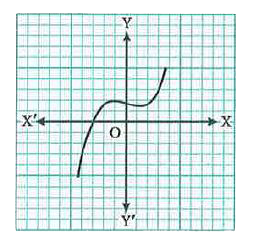
View SolutionLook at the graphs in the figures given below. Each is the graph of y=p(x), where p(x) is a polynomial. For each of the graphs, find the number of zeroes of p(x).
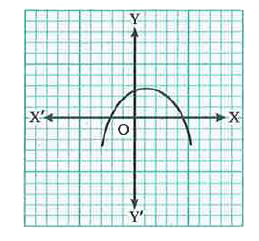
View SolutionLook at the graphs in the figures given below. Each is the graph of y=p(x), where p(x) is a polynomial. For each of the graphs, find the number of zeroes of p(x).
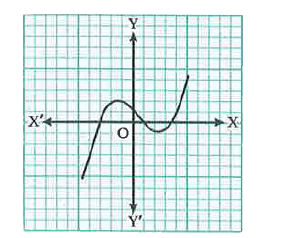
View SolutionLook at the graphs in the figures given below. Each is the graph of y=p(x), where p(x) is a polynomial. For each of the graphs, find the number of zeroes of p(x).
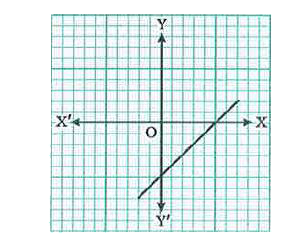
View SolutionLook at the graphs in the figures given below. Each is the graph of y=p(x), where p(x) is a polynomial. For each of the graphs, find the number of zeroes of p(x).
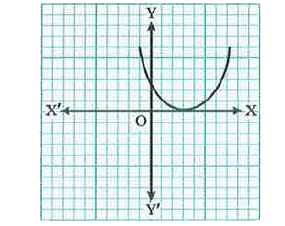
View SolutionLook at the graphs in the figures given below. Each is the graph of y=p(x), where p(x) is a polynomial. For each of the graphs, find the number of zeroes of p(x).
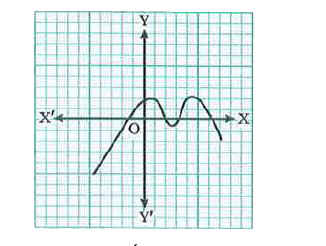
View Solution
